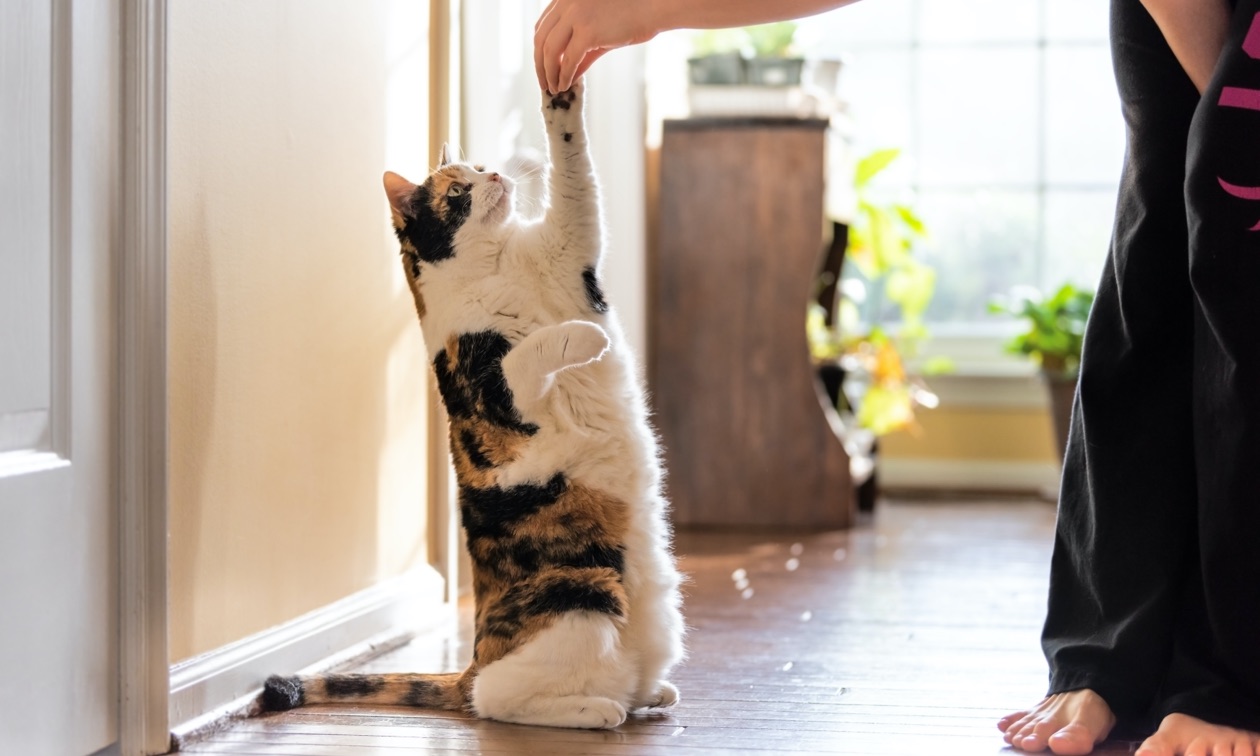
Introduction to Cat Training
Cat training is a process that involves teaching a cat to perform specific behaviors, such as walking on a leash, coming when called, and using a litter box. Training a cat can be a rewarding experience for both the owner and the cat, as it helps to build a stronger bond between them and can also address behavioral issues.
Importance of Positive Reinforcement
Training a cat is most effective when using positive reinforcement, such as treats, praise, and affection. Cats respond well to rewards and will learn to associate the desired behavior with a positive outcome. This method is gentle and encourages the cat to continue performing the behavior, rather than resorting to punishment, which can be stressful and counterproductive.
The Role of Patience and Consistency
Patience and consistency are essential when training a cat. Cats have a reputation for being independent and stubborn, so it is crucial to be patient and give them time to adapt to new behaviors. Additionally, training should be consistent, as cats thrive on routine. This means practicing the same commands and reinforcing desired behaviors regularly to ensure the cat understands and retains the training.
Clicker Training
Clicker training is a popular method for training cats, as it uses a clicker to mark the exact moment the cat performs the desired behavior. This allows the cat to associate the click with the behavior, making it easier to reinforce the desired action. To use clicker training, first, the clicker must be associated with a treat or praise, then gradually introduce the clicker as the sole reinforcer.
Authoritative Reference Titles
“Cat Training: A Complete Guide to Understanding and Training Your Cat” by Pam Johnson-Bennett. This book provides comprehensive guidance on cat training, including information on behavior, communication, and various training techniques. It is an excellent resource for anyone looking to train their cat effectively.
“The Cat Whisperer: The Art of Understanding and Solving Cat Behavior Problems” by Mieshelle Nagelschneider. This book offers advice on understanding and resolving cat behavior issues, which can be helpful when training a cat, as addressing any underlying issues will make training more effective.
“Catify to Satisfy: Simple Solutions for Creating a Cat-Friendly Home” by Jackson Galaxy. This book focuses on creating a cat-friendly environment, which is essential for successful cat training. By understanding a cat’s needs and preferences, it becomes easier to train them effectively.
Training a cat can be an enjoyable experience that strengthens the bond between owner and cat. By using positive reinforcement, patience, and consistency, along with methods such as clicker training, cat training can be successful. Additionally, referring to authoritative resources like the ones mentioned above can provide valuable guidance and support throughout the training process.

